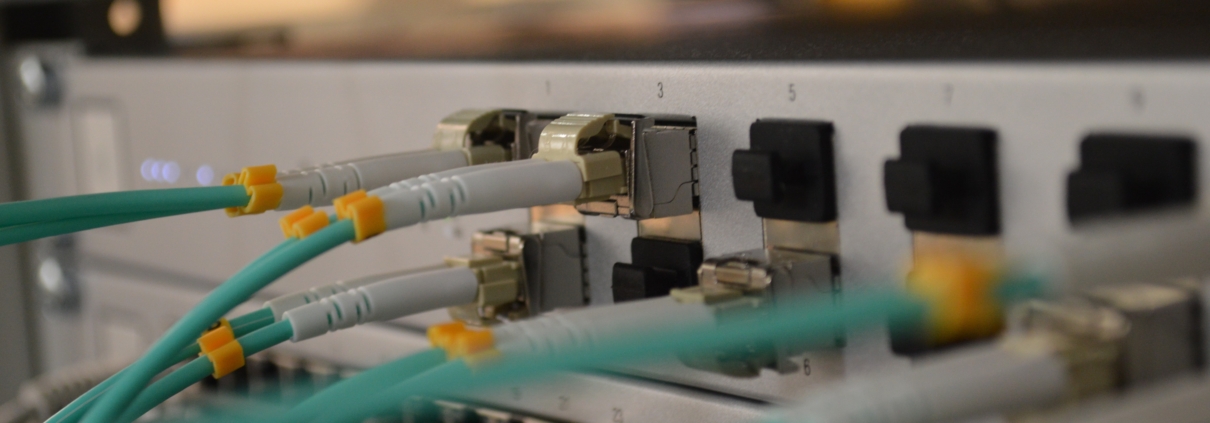The advantages of cloud-enabled air quality sensors
The correct measurement method of air quality is a highly scientifically-complex subject. This is because measuring air quality does not mean measuring only a single parameter. Rather, various gas concentrations and other parameters must be assessed through specialized equipment in order to calculate an overall air quality rating. Several environmental factors influence the measurement of air quality, such as the measurement location and nearby environmental influences. Depending on the measurement technology used, cross-sensitivities, sensor aging, signal drift, and other factors can also play a role.
Cloud-enabled air quality sensors allow for automated calibration
Traditional air quality measurement stations typically require regular maintenance by qualified technicians every one to two weeks. This is sufficient for small air quality monitoring networks, like the 15 monitoring sites maintained by the city of Hamburg, but it is unsustainable for larger networks run by cost-effective air quality sensors. Regular on-site maintenance of dozens or even hundreds of air quality sensors is practically impossible. In addition, the measurement data of traditional air monitoring networks is only available after extensive testing – often weeks or even months later. This makes the administration of a large air quality network labour-intensive and inefficient.
Because of this, Breeze Technologies’ sensors are fully integrated with our proprietary Environmental Intelligence Cloud: this allows for air quality data to be measured and sent to the cloud in real-time. There, the information is checked for plausibility, calibrated, quality-assured, and stored for further usage in the cloud’s analytics portal or in external dashboards and platforms through web APIs. The entire process only takes a fraction of a second, from sensor sampling to the verified dataset being available. As Haris Sefo, the Head of Science at Breeze Technologies explains: “We have moved as much of the complexity of air quality measurement as possible to the cloud, especially regarding quality assurance and data processing. This eliminates the need to have specialists on site for calibration, minimizes maintenance costs, and thus makes air quality sensors easier and more cost-effective to set-up. As a result, all necessary calibrations take place remotely via our Environmental Intelligence Cloud instead.”
Cloud-enabled air quality sensors allow for external influences to be eliminated by artificial intelligence (AI)
Prior to installation, sensors are calibrated in Breeze Technologies’ laboratories using reference instruments in order to match with the environmental conditions of the measurement site. The fact that many data streams are gathered in a central cloud platform means that data quality can be further improved. The collected data is used to train AI models that calculate external influencing factors such as cross-sensitivities from measured data. An example: Cheaper particulate matter sensors can sometimes detect fog as fine particulates. Factors such as this can thus be taken into account in plausibility checks and real-time calibration if local weather information is available together with the measurement data.
The accuracy and reliability of our cloud-based calibration is regularly verified in customer projects and in our own reference and comparison measurements.
Cloud-enabled air quality sensors allow for constantly improving measurement networks
In the same way Tesla vehicles are constantly being upgraded with additional features and better engine performance via software updates, so are Breeze Technologies’ air quality monitoring networks constantly being improved upon. For one, measurements are becoming more accurate: the more data is available for training our AI calibration models, the better they can detect outliers and edge cases and process the data accordingly. Even completely new functions can be realized based on measurement data, such as the detection of wildfires based on changes in air quality.
All in all, the support provided by integrating cloud functions in air quality measurement results in many benefits: users of air quality sensors and data no longer have to deal with time-consuming data calibration, plausibility checks, data preparation processes and similar issues; rather, they are now able to analyze and process the data directly. Providers of smart city and other platforms also benefit from this: the processed and calibrated data can be directly integrated into these systems via standardized REST/JSON APIs. The integration of air quality data is therefore no longer a complex scientific undertaking, but an efficient, low-effort process.



